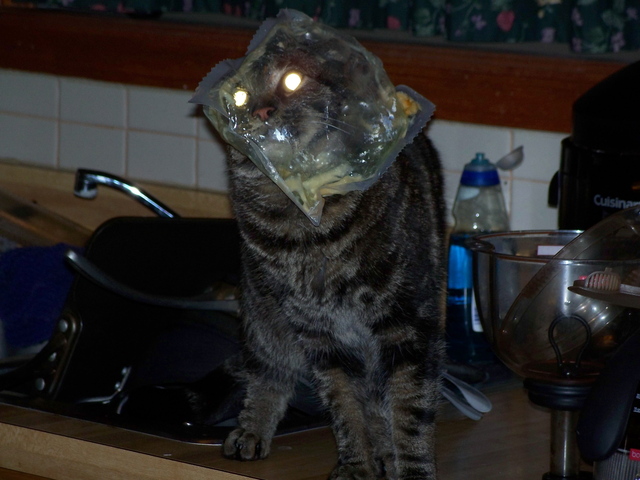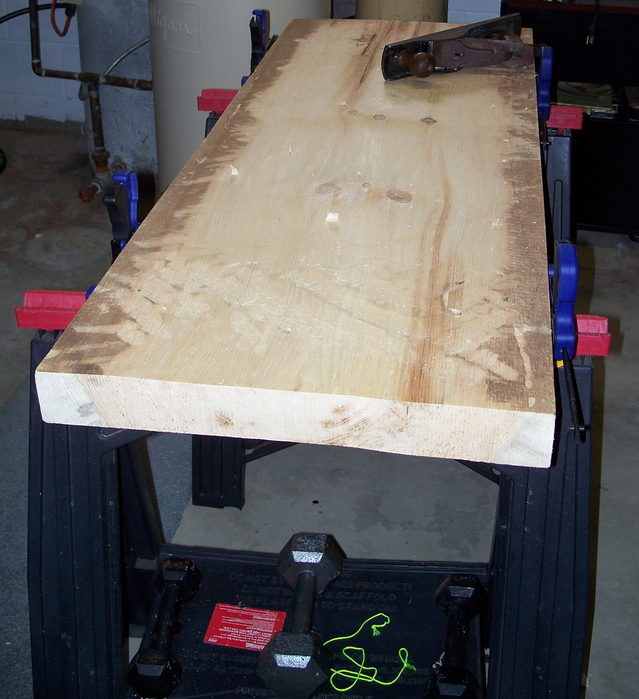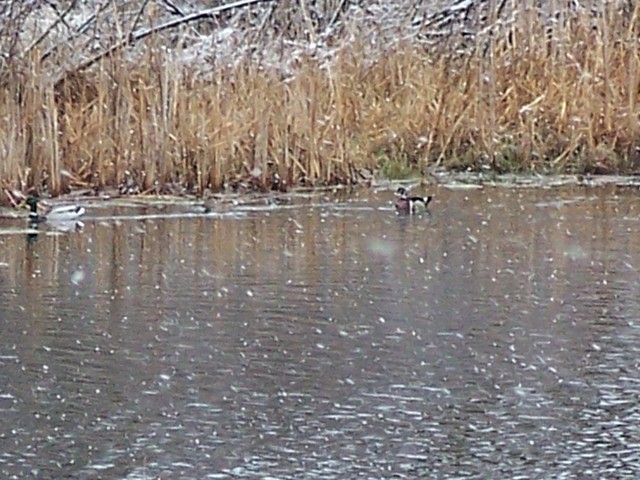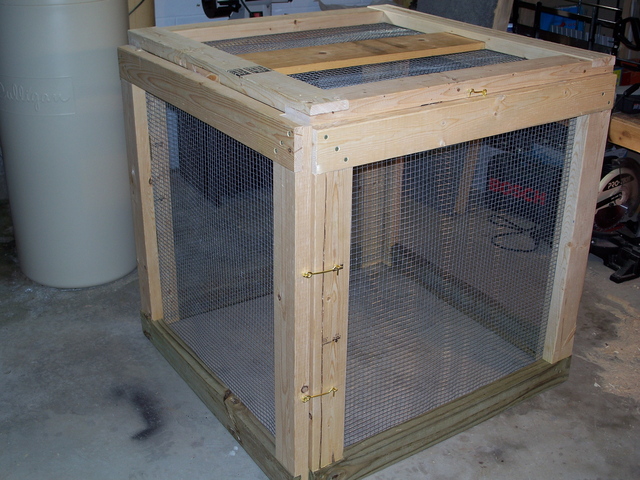"Dr. Bob! Dr. Bob!"
OK. Enough. Sani's doing better with the alprazolam. I think. We saw him visit one of his favorite spraying locations, yester-evening and not spray it. This is a good sign. On the other hand, Nicole found him urinating in the guest bathroom. The good news is that he was crouching. He hasn't crouched to pee since he was a kitten. Again, a good sign. The bad news is that he was doing in the bathtub, not a litterbox. (We later discovered the litterbox in that room had been used extensively. He may have just needed a place to go, discovered the box was full, and used the closest alternate.)
Nicole put some cleaner in the tub, then returned to the laundry. Minutes later, I heard Sani flailing in the tub, but thought nothing of it. When he approached me in the dining room, I noticed he was wet, and smelled like Lysol. He'd either fallen into the tub, or jumped into it and experienced difficulty exiting. Regardless, he had to be rinsed before he ingested any of the cleaner. So Nicole held him down while I used the sprayer.
Piper seems to be handling the alprazolam's side effects better. Although he does have trouble negotiating the sharp left turn at the bottom of his stair, if he runs down them. But his behavior is weird. He's been hanging-out, just the other side of the door to his basement. Not something he does frequently, or for long periods when he does do it. Normally, when we open the door, he flees to the basement. The last day-or-so, he's run through the door into the kitchen. The last time he did this, the other 3 cats were in the room. Rather than crouch & hiss at them, he ignored them -- and went walkabout, until we grabbed him and carried him back downstairs. (He didn't encounter the dog, though.) We started to think that this may go well enough that we can re-integrate him into the household. Although, frankly, that remains really unlikely.
OK. Enough. Sani's doing better with the alprazolam. I think. We saw him visit one of his favorite spraying locations, yester-evening and not spray it. This is a good sign. On the other hand, Nicole found him urinating in the guest bathroom. The good news is that he was crouching. He hasn't crouched to pee since he was a kitten. Again, a good sign. The bad news is that he was doing in the bathtub, not a litterbox. (We later discovered the litterbox in that room had been used extensively. He may have just needed a place to go, discovered the box was full, and used the closest alternate.)
Nicole put some cleaner in the tub, then returned to the laundry. Minutes later, I heard Sani flailing in the tub, but thought nothing of it. When he approached me in the dining room, I noticed he was wet, and smelled like Lysol. He'd either fallen into the tub, or jumped into it and experienced difficulty exiting. Regardless, he had to be rinsed before he ingested any of the cleaner. So Nicole held him down while I used the sprayer.
Piper seems to be handling the alprazolam's side effects better. Although he does have trouble negotiating the sharp left turn at the bottom of his stair, if he runs down them. But his behavior is weird. He's been hanging-out, just the other side of the door to his basement. Not something he does frequently, or for long periods when he does do it. Normally, when we open the door, he flees to the basement. The last day-or-so, he's run through the door into the kitchen. The last time he did this, the other 3 cats were in the room. Rather than crouch & hiss at them, he ignored them -- and went walkabout, until we grabbed him and carried him back downstairs. (He didn't encounter the dog, though.) We started to think that this may go well enough that we can re-integrate him into the household. Although, frankly, that remains really unlikely.







